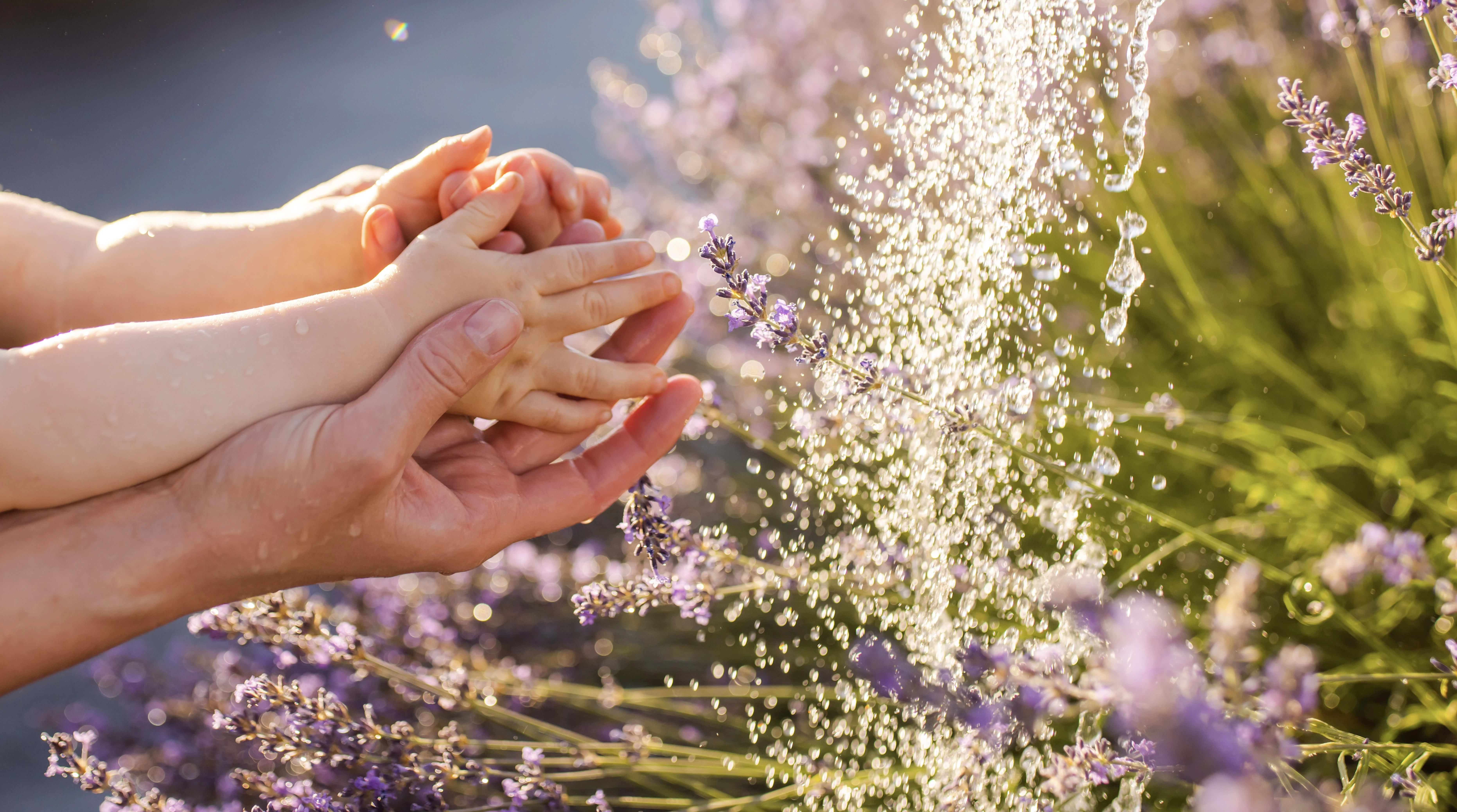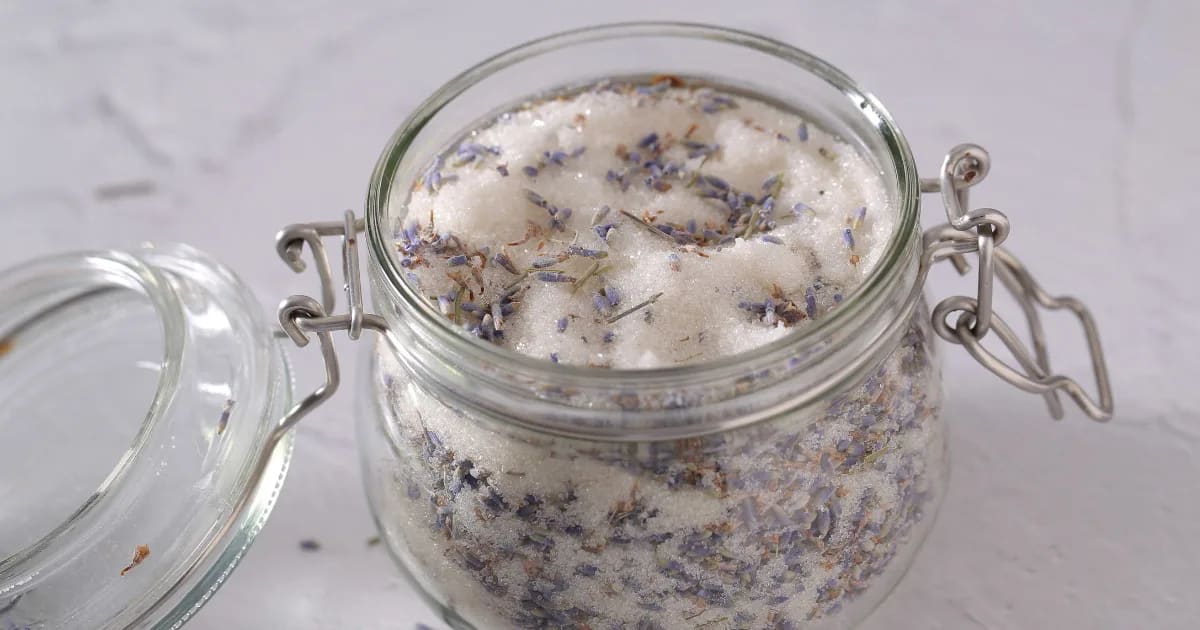What are Top, Middle, and Base Notes?

Understanding top, middle, and base notes in aromatherapy
We talk a lot about top, middle, and base notes in aromatherapy. What do we mean exactly, and how can you identify each note?
Not every aromatherapy blend has to have all three notes. Making a balanced blend just means you consider and understand which aromas tend to be more dominant and use fewer drops of the really strong aromas. It helps to begin by imagining the feeling or experience that you want to embody in the blend.
For blends that do have top, middle, and base notes, you might have to take your time getting to know the aromas before you can identify all three. I like to take different kinds of sniffs—long, slow, deep sniffs sometimes allow me to smell different notes than quick little bunny sniffs!
Here's what you're smelling for...
Top notes
This is the first aroma you notice when you smell a blend. That's because the molecules are evaporating more quickly than the others in the oil. It's usually a light, fresh, sharp scent—like citrus. In fact, the citrus oils are all top notes!
Examples of top notes would be orange (Citrus sinensis) and grapefruit (Citrus paradisi).

Middle notes
Middle notes have a very full, soft character that gives a blend a lot of heart. This is why they're sometimes called "heart notes!"Some people have an easier time identifying top and base notes, rather than middle notes, partly because middle notes can include both top and base aromas within them. Imagine top notes as a bright citrus tea and base notes as a dark root tea.
Middle notes would be a full-flavored, floral tea with hints of roots and maybe a little orange peel.
A few examples are lavender (Lavandula angustifolia) and neroli (Citrus aurantium var. amara).

Base notes
Base notes are intense, earthy, deep, and warm. They create the "undertones" of a blend. This doesn't mean you won't notice them as they have a very strong presence, it just means that they may be the last aroma you notice when smelling a blend or the deepest aroma giving weight to the other scents. This is because base notes evaporate more slowly than top notes.
Some examples of base notes are vetiver (Vetiveria zizanoides) and patchouli (Pogostemon cablin). This is a picture of Vetiver:

I hope I've helped to clarify the top, middle, and base notes for you! We talk more about understanding aromas and how to create really balanced aromatherapy blends in Aromahead's Aromatherapy 101 class. This class lets you go at your own pace as you develop a solid foundation in using essential oils safely . . . and of course, it includes recipes so you can blend for yourself, friends, and family!
Aromatherapy 101
Ready to learn more about the therapeutic properties of essential oils? Aromatherapy 101 is for you!
Whether you are brand new to aromatherapy or looking to expand your knowledge with science-based information you can trust, our introduction course is the perfect place to begin.





